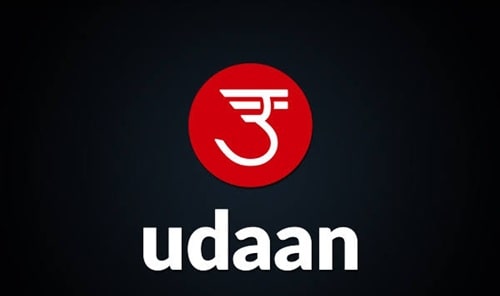redBus is a leading online bus ticketing platform, which started in 2006 by Phanindra Sama, Charan Padmaraju, and Sudhakar Pasupunuri in Bengaluru. The key motive was to solve the scarce ticket problem during peak travel time by organising the system through a platform. The platform connected travellers with the bus operators through digitizing the whole system.
Travellers can search for buses on desired routes, compare schedules and prices, pick seats, and book via app or website. redBus works with bus operators of all sizes, and they have moved internationally in markets like Malaysia, Indonesia, Singapore, Peru, Colombia, and more. Over time, redBus became the top ticketing app for buses with its great functionality. Now, the company is seeing growth through Tier 2 and Tier 3 towns through digital adoption.
Here, we will discuss how the redBus business model works, how they make money, their revenue streams, financials, and what’s new in 2025. Let’s get started:

How is the redBus Business Model Structured?
redBus works on an aggregator/marketplace model where it partners with thousands of bus operators who list their buses, routes, ticket prices, seat inventory, and relevant information on its platform. This means that redBus doesn’t need to own any buses, and it can earn through commission from ticket sales and other streams. As a customer booking a ticket, redBus facilitates the booking, payment, confirmation, and often, after-sales support to customers.
On the other hand, the B2B structure through software tools helps operators in managing inventory, pricing, seat allocation, bus schedules, and more. RedBus may offer an annual subscription or fees for these software tools. This is the core of redBus. In exchange, redBus has to invest heavily in marketing, technology, customer services, payment gateway, platform maintenance, and much more. The model is successful when a high volume of tickets is sold, which spreads the fixed costs of the company. All this also promotes other bus operators to join their platform.
| Company/Brand | redBus (Online Bus Ticketing Platform) |
| Establishment Year | 2006 |
| Headquarters | Bangalore, Karnataka, India |
| Founder/Owner | Phanindra Sama, Charan Padmaraju, Sudhakar Pasupunuri; now part of the MakeMyTrip group |
| Industry | Online Travel / Bus Aggregation / Ticketing Marketplace |
| Net Worth (2025) | ₹ 763 crore approx (~US$95 million) |
| Total Revenue 2025 | ~223.85 million intercity journeys in FY25 |
How Does redBus Make Money?
redBus earns through multiple channels, or business verticals, which include the following methods or strategies:
1. Commission from Bus Operator
As customers book tickets through the redBus platform, the bus operator pays a fixed commission for bringing sales. The commission on tickets is the primary source of income for every ticket booked via the platform. The commission rates vary, but it is often between 10% to 20% of the ticket fare. The change in commission prices comes from negotiation, the type of route, volume, and similar factors. As redBus doesn’t own any buses, the cost of goods sold is low.
2. Convenience Fees and Service Charges for Customers
When customers buy tickets, redBus sometimes charges a service fee/convenience fee on top of the ticket price. This covers part of the costs of payment gateway charges, customer support, cancellations/refunds handling, etc. Although per-ticket fees may be small, multiplied by millions of bookings, this becomes a meaningful income stream.
3. Subscription for SaaS Products
RedBus offers software tools and dashboards for bus operators that help in managing their operations. There are two key products by redBus, which are Boss and SeatSeller. These tools help operators in managing inventory, pricing, real-time seat availability, route management, and so on. The fees for these tools are for recruiting, which helps in ensuring a steady stream of revenue. Bus operators can choose between a monthly subscription and an annual fee.
4. Advertising and Promotion
Given its user base and traffic, redBus can sell advertisement slots or premium visibility to bus operators or third-party travel-related brands. For example, operators pay to get featured listings, better positioning in search results, or banner ads on the app/website. With these advertisements, bus operators get exposure on a platform that is meant to book bus tickets. These value-added features bring in additional revenue.
Financial Performance
In FY 2023-24, redBus India reported a revenue of ₹763 crore, and in Q2 FY25, the approximate revenue was around 242 crore or US$27.1 million. The number rose by approximately 25.6% YoY as compared to the earlier quarters. The customer activity is large as redBus registered over 223.85 million intercity journeys in India alone.
What’s New in 2025?
Growth from Tier-2 and Tier-3 towns is accelerating fast. RedBus has noted that growth from non-metro regions is rising significantly, helping drive incremental bookings. RedBus is looking into micro-financing for bus operators to help them with working capital, repairs, and license renewals, which can strengthen operator partnerships and possibly open new revenue streams.



